The Paraformaldehyde Market is currently characterized by a dynamic competitive landscape, driven by increasing demand across various applications, including resins, adhesives, and agricultural chemicals. Key players such as Hexion Inc (US), BASF SE (DE), and Huntsman Corporation (US) are strategically positioned to leverage their extensive product portfolios and technological capabilities. Hexion Inc (US) focuses on innovation in specialty chemicals, while BASF SE (DE) emphasizes sustainability in its operations, aiming to reduce carbon footprints. Huntsman Corporation (US) is actively pursuing regional expansion, particularly in Asia-Pacific, to capitalize on emerging market opportunities. Collectively, these strategies contribute to a competitive environment that is increasingly focused on sustainability and technological advancement.
In terms of business tactics, companies are localizing manufacturing to enhance supply chain efficiency and reduce operational costs. The Paraformaldehyde Market appears moderately fragmented, with several players vying for market share. However, the influence of major companies is significant, as they often set industry standards and drive innovation. This competitive structure allows for a diverse range of products and services, catering to various customer needs while fostering a climate of continuous improvement.
In August 2025, Hexion Inc (US) announced the launch of a new line of bio-based paraformaldehyde products aimed at reducing environmental impact. This strategic move not only aligns with global sustainability trends but also positions Hexion as a leader in eco-friendly chemical solutions. The introduction of these products is likely to enhance their market share and appeal to environmentally conscious consumers.
In September 2025, BASF SE (DE) unveiled a partnership with a leading technology firm to develop advanced digital solutions for the chemical industry. This collaboration is expected to enhance operational efficiency and optimize production processes, thereby reinforcing BASF's commitment to innovation. The integration of digital technologies could potentially streamline supply chains and improve customer engagement, further solidifying BASF's competitive edge.
In July 2025, Huntsman Corporation (US) completed the acquisition of a regional competitor, which is anticipated to expand its market presence in the Asia-Pacific region. This acquisition not only broadens Huntsman's product offerings but also enhances its distribution capabilities. The strategic importance of this move lies in its potential to capture a larger share of the growing demand for paraformaldehyde in emerging markets, thereby driving revenue growth.
As of October 2025, the competitive trends in the Paraformaldehyde Market are increasingly influenced by digitalization, sustainability initiatives, and the integration of artificial intelligence in production processes. Strategic alliances are becoming more prevalent, as companies seek to enhance their technological capabilities and market reach. Looking ahead, competitive differentiation is likely to evolve from traditional price-based competition to a focus on innovation, technological advancements, and supply chain reliability. This shift underscores the importance of adapting to changing market dynamics and consumer preferences.
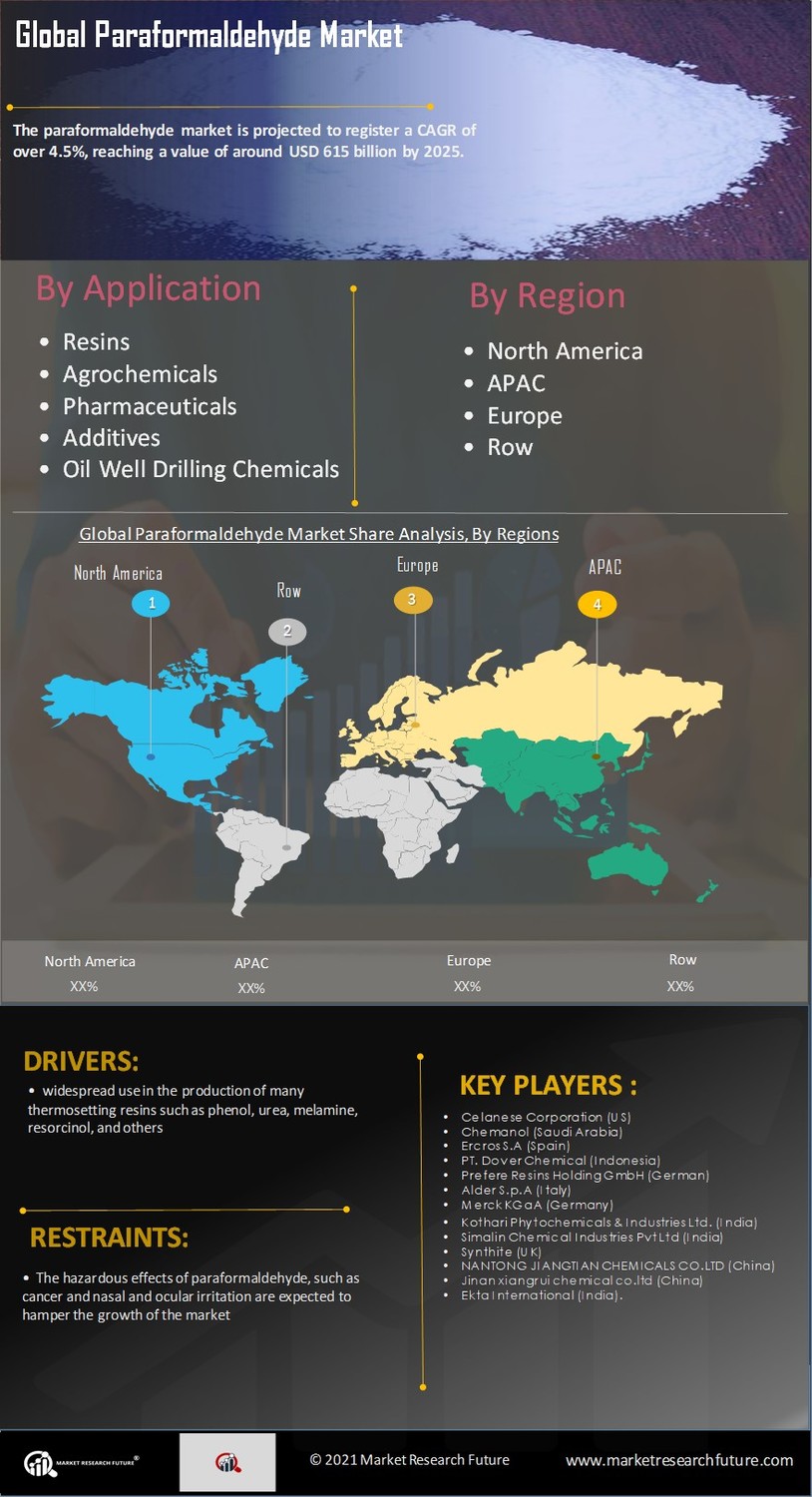

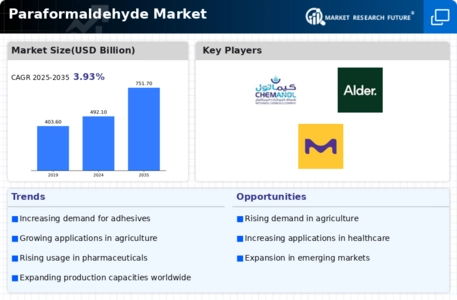
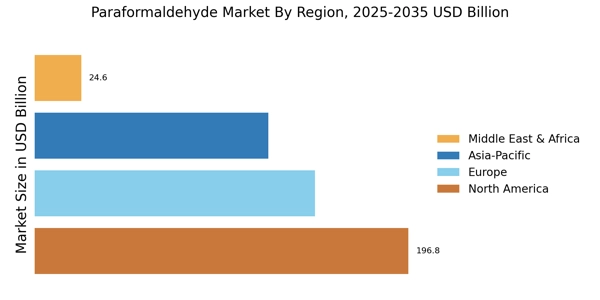
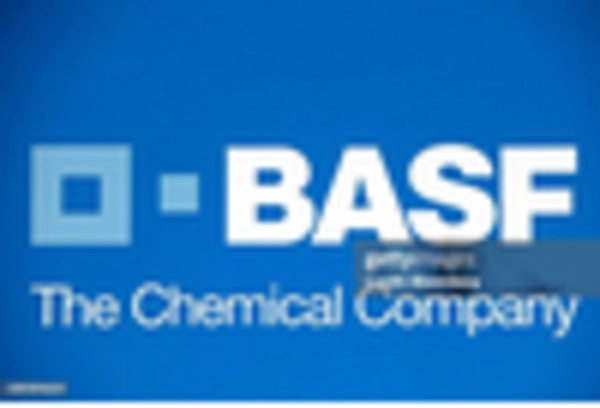
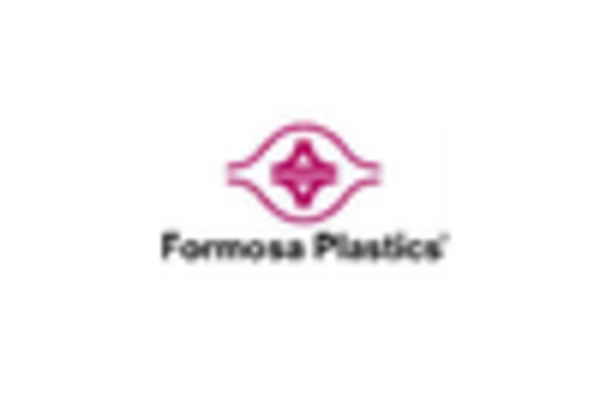
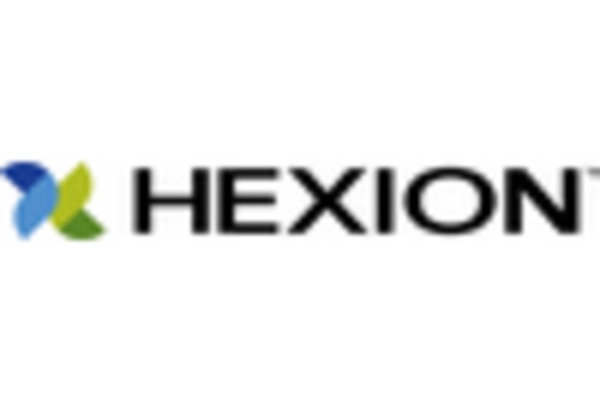
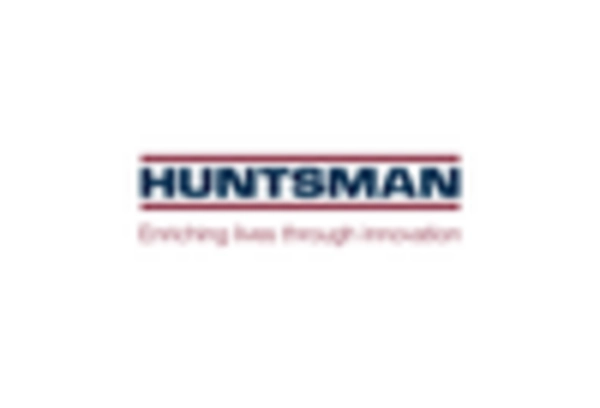
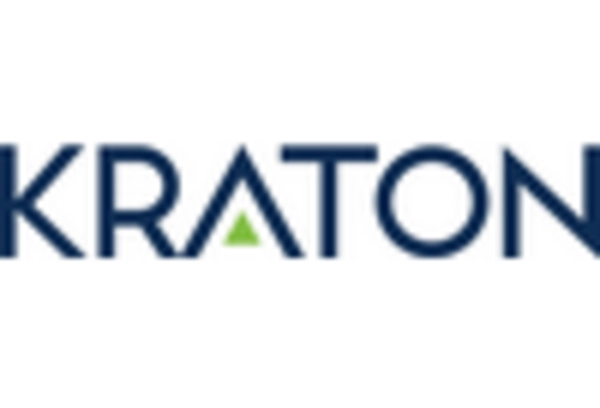
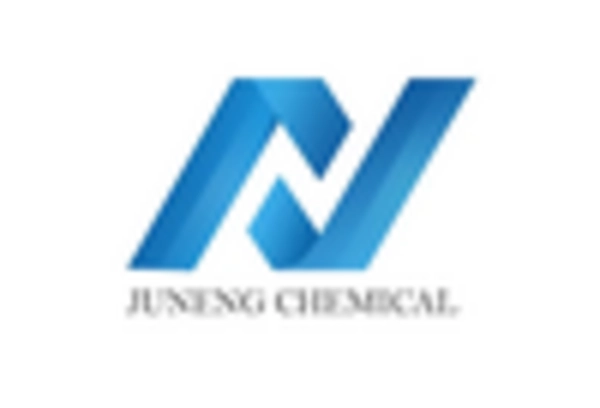








Leave a Comment